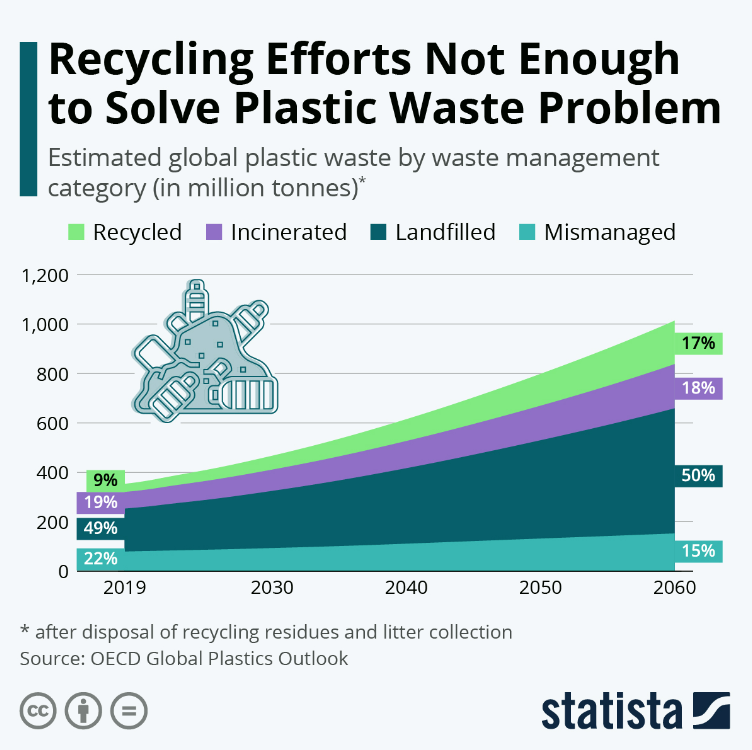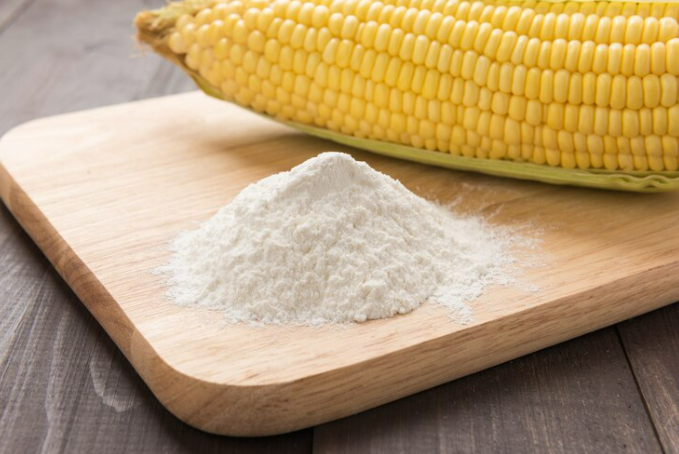It Turns Out That Corn Can Help Combat Global Warming? Here's The Fact
According to a new comprehensive international study, the Greenland and Antarctic ice sheets are losing more than three times as much ice per year as they were 30 years ago. This information was gathered from 50 different satellites, revealing that the melting of Greenland has significantly accelerated in recent years.
The increasing levels of greenhouse gases in the Earth's atmosphere are already causing changes in our climate. Some of these emissions can be directly linked to our solid waste. Solid waste contributes to greenhouse gas emissions through the generation of methane from the anaerobic decay of waste in landfills, as well as the release of nitrous oxide from our solid waste combustion facilities. One significant component of solid waste is plastic.
Plastic waste generates greenhouse gas emissions at every stage of its lifecycle. The extraction and transportation of plastic depend on oil, gas, and coal. The production and disposal of plastics also result in significant carbon emissions.
The World Economic Forum reports that approximately 50% of plastic waste still ends up in final disposal sites

This demonstrates that plastic management cannot be accomplished instantly. It takes a long time for plastic waste to be properly managed. To address this situation, one way is to use environmentally friendly materials that are easily biodegradable, such as corn-based plastics.
The raw material for these items comes from corn and is also known as corn starch. The powder derived from corn is approved as 100% safe for food packaging and is resistant to oily foods, making it an excellent alternative to conventional plastic packaging for restaurant takeout and similar purposes. According to Global Newswire, the biodegradable packaging industry is expected to reach $121 billion by 2025.

Here are some benefits of corn starch-based plastics:
- 100% Biodegradable Packaging: Corn starch packaging is a viable alternative that naturally breaks down into safe and environmentally friendly elements like water and carbon dioxide.
- 100% Compostable Polylactic Acid Materials: Corn starch packaging can be converted into valuable fertilizers when processed at industrial composting facilities. It can enhance soil quality as a natural fertilizer.
- 100% Recyclable: Corn starch packaging can be easily recycled at material recovery facilities to create new and improved products.
- Corn Starch Is a Renewable Resource: Corn starch, derived from corn, is one of the most renewable packaging solutions available.
- No Potential Harmful Toxins: Unlike some conventional plastics, corn starch packaging does not contain potentially harmful chemicals like dioxin or polyvinyl chloride.
- Reduce Trash in Landfills: Biodegradable and compostable corn starch packaging minimizes landfill waste accumulation.
These are the environmental benefits of corn starch-based plastics. If more people actively use this type of plastic, it could become a solution to save dolphins in the ocean from the threat of extinction.
For those interested in learning more about the raw materials used or requesting the formulation, you can inquire on our website at ptsml.id or visit our Instagram account @ptsml_indonesia. #ptsmlIndonesia #rawmaterial #industrial chemical #cornstacrh #globalwarming #plasticwaste